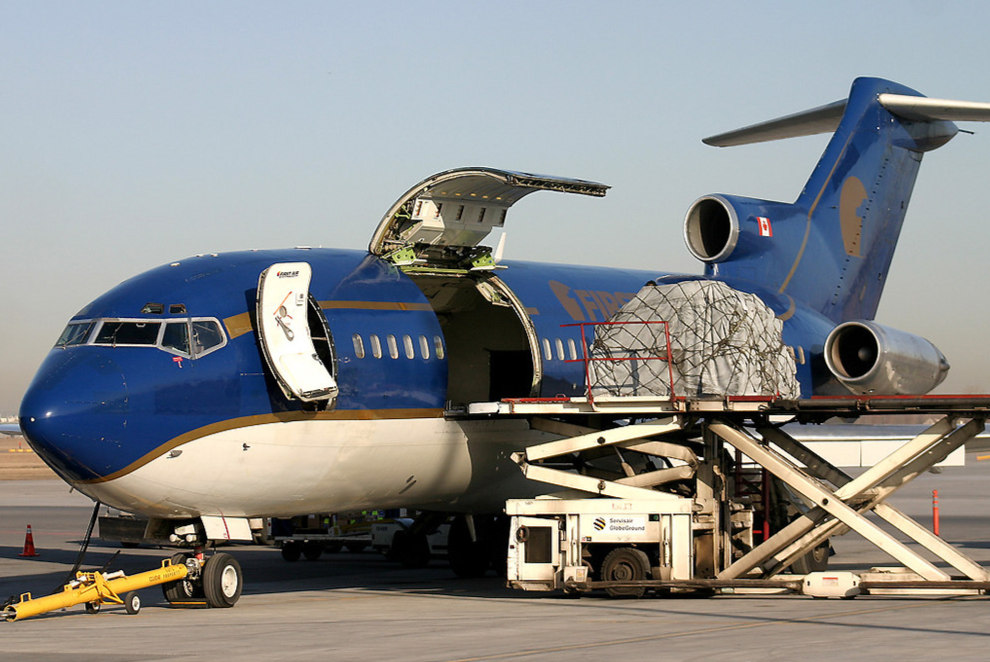How to pass ATPL Performance and Loading first time!
From understanding Part 121, Chapters 9 & 10, to interpreting runway distance supplements, takeoff and landing charts, and the theory behind climb, cruise, and descent performance, this exam demands a thorough grasp of both theory and application. Easy? Maybe not!
Here are 8 essential tips to help you excel in this challenging exam.
1. Master the Drag and Thrust Graphs
Spend 10 minutes truly understanding drag and thrust graphs—it’s far more valuable than rote memorisation of endurance and range factors. CASA often uses specific phrasing to test whether you truly comprehend the material or have just memorised facts.
Key factors to understand for endurance and range:
- Altitude
- Weight
- Temperature
- Configuration
- Wind
2. Understand Clearways, Stopways, and V1 Relationships
Grasping the takeoff distance vs. accelerated stop distance graph can be a game-changer. It helps you visualise the effects of clearways, stopways, and balanced field lengths on V1 and overall takeoff performance.
Know and understand why:
- Adding a stopway generally allows for a higher V1.
- Adding a clearway generally allows for a lower V1.
- The intersection of TODR (Takeoff Distance Required) and ASDR (Accelerated Stop Distance Required) represents the balanced field length—the minimum runway required for takeoff.
3. Keep Your Lines Perfectly Straight
Accuracy is everything in this exam. A slightly squiggly line on a takeoff chart could mean a significant error, leading to hundreds of kilograms of difference in calculations.
Pro tip:
- Check that your line starts and ends perfectly centered within the chart box.
- If the line starts at the center and drifts lower or higher by the end, your calculation will be outside the acceptable tolerance.
4. Use a Divider
A divider is an underrated but invaluable tool for this exam.
- Use your divider for passenger measurements on the trim sheet instead of a ruler. A millimeter’s error per line can quickly compound, taking your answer out of tolerance.
- Dividers can also help verify that your lines are perfectly straight by measuring the start and end points against a fixed reference.
Bonus tip: Use a divider with needle tips and a wheel for added precision.
5. Study the Weight and Balance Workbook Thoroughly
The 16-page Weight and Balance Workbook is your key to acing weight and balance questions.
While much of the content will feel familiar, pay close attention to the notes on standard weights—these details often appear in exam questions.
6. Know Part 121, Chapters 9 & 10 Inside and Out
Part 121, Chapters 9 & 10 form the backbone of this exam, covering everything from obstacle clearance requirements to aircraft certification tests.
- Expect half the exam to include questions directly related to these chapters.
- Focus on understanding the difference between NET and GROSS gradients—a common stumbling block for students.
Pro tip: Highlight and annotate key sections of Chapters 9 & 10 for quick reference during your study.
7. Read the Question Carefully: RTFQ!
One of the most common pitfalls in this exam is misinterpreting the question. CASA frequently includes subtle wording changes to test your attention to detail.
Key examples of common mistakes:
- Forgetting to add crew weights in Chapter 10 weight and balance questions.
- Confusing basic weight with gross weight when the question specifies one over the other.
- Misreading performance scenarios, such as overlooking whether obstacle clearance requirements apply.
Always take a moment to reread the question before jumping into your calculations. Double-check for specifics like units of measurement and required inputs—this simple habit can save you from costly errors.
8. Prepare for “Flight Planning” Questions
The syllabus for Performance and Loading overlaps slightly with ATPL Flight Planning, and you’ll encounter a few questions that feel more like Flight Planning topics.
These questions typically focus on:
- Practical applications of climb, cruise, and descent performance from the Boeing 727 manual.
- Climb tables and altitude capability, particularly for one-engine inoperative (OEI) scenarios.
These are bonus opportunities to score extra marks—especially if you’ve already studied Flight Planning.
Pro tip: Mastering these topics now will give you a head start for your ATPL Flight Planning exam.
Final Thoughts
The ATPL Performance and Loading exam is far from “easy.” Its blend of theoretical knowledge and practical application requires thorough preparation. By following these 8 essential tips, you’ll build confidence, improve accuracy, and set yourself up for success.
Good luck, and remember—precision and attention to detail are the keys to acing this exam! Let me know if you need further clarification or additional resources.




